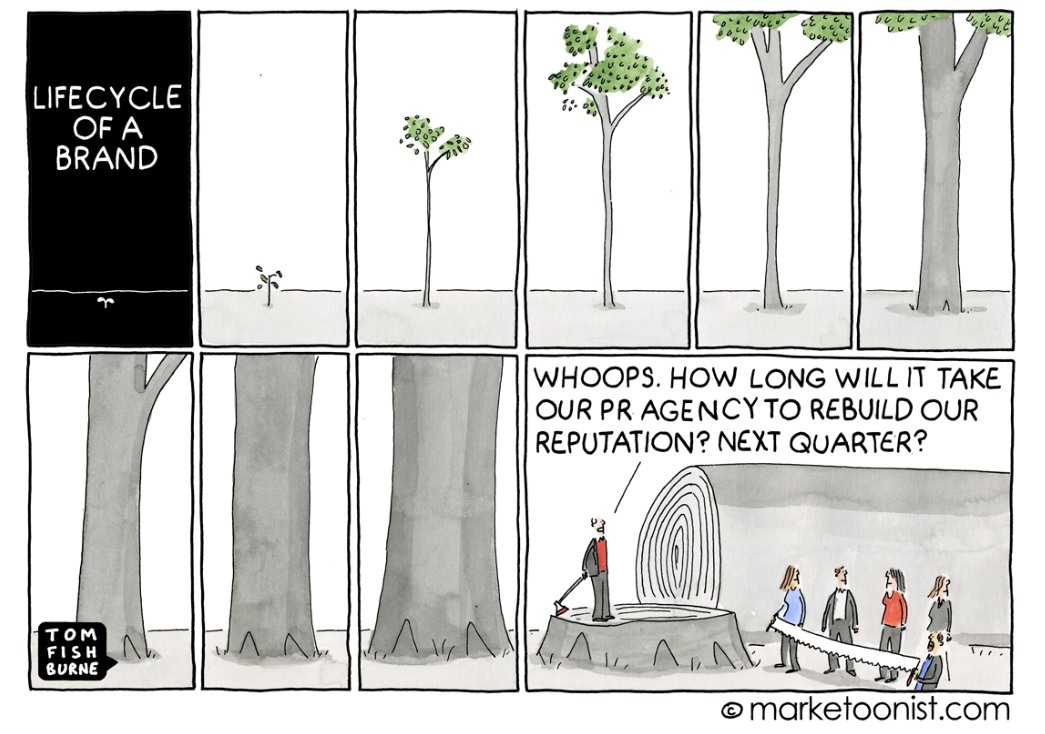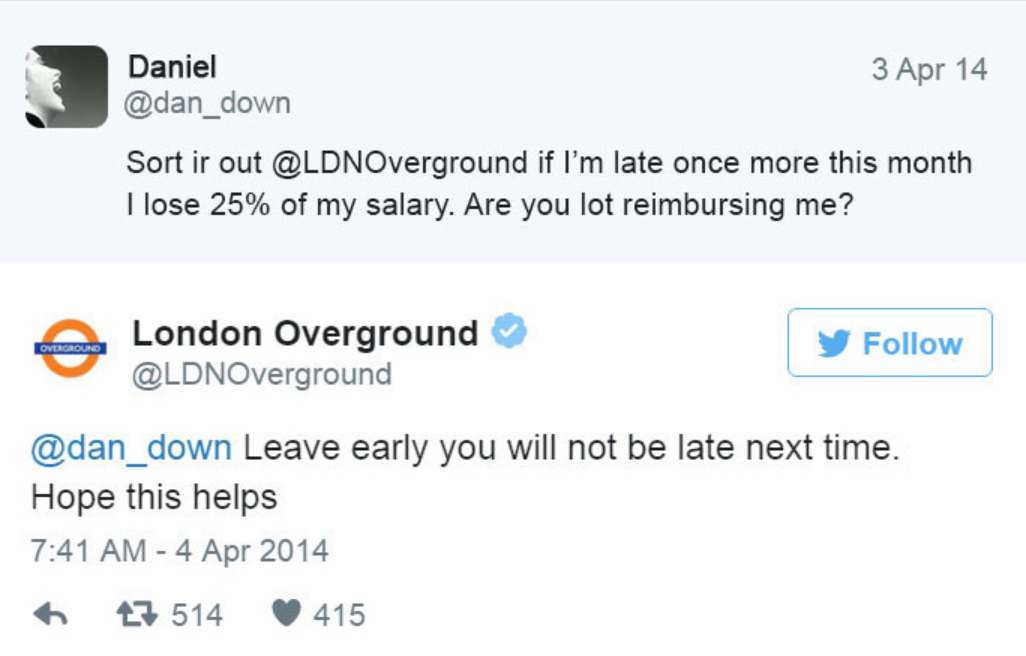Tips and tricks to enhance your online reputation
Did you know?
93% of consumers say online reviews impact their purchasing decisions!
That clearly tells us why we can’t take ORM for granted!
As marketers and brand managers, we’re all extremely protective of our online reputation.
But, sometimes it becomes hard to take control of what is being said, more so because of the vastness of the Internet and the availability of different mediums and channels to do this.
When a potential prospect is googling your brand, there is a good chance that they might end up on trashy discussions that take precedence in the search engine rankings due to the sheer volume and lack of control.
But, what if there was a way to control this, clean this, and manage this efficiently?
In this article, we will identify the different ways in which you can quickly fix your online reputation and build positive ones, provided the cause of the ill reputation is fixable and has a scope to be forgiven.
Let’s dive right in!
How to clean up your online reputation — 4 quick tips and tricks
- Do an online audit!
Before you begin to clean up online reputation mess, you may have to first understand the conversations going around. To spot and fix online reputation, you need to first explore the Internet. You can begin by typing your brand name on the search engines (not just Google) and identify different conversations about your brand.

It could be a popular review and rating website exclusive to your niche, community forums, social media conversations, articles, or any other format across the Internet. You may not have to be accurate with the analysis or perform heavy sentiment-based analytics. A quick surfing of the search engine will help you gauge a picture of roughly how your brand is performing.
You may have to not necessarily keep this research pinned down to just your brand name, but also -
- Explore the associated attributes like the name of your CEO, prefixes, and suffixes of terms like “work culture”, “interviews”, “reviews”, and more to understand the complete picture of your online reputation
- Track future conversations related to your brand, individual, keywords, industry news, and more by creating alerts of all the online updates and filtering out the necessary information
2. Respond to complaints and resolve concerns
Your next step should be to explore the forums, social media, articles, etc and respond to any complaints or concerns. Unless it’s too late, it is always a good practice to respond to customer comments and reviews. Be it positive or negative, acknowledging the customer creates connection and helps build a good relationship.
- Apologize to your customers if there were any gaps in your services and promise them that you’ll fix it. Make it a point to stick to your promises
- Never delete negative comments as this is not the right way to resolve a concern — if anything, it could worsen your reputation.
- Always be gentle with your responses, and this does not necessarily mean that you have to be kind to a mean and unreasonable customer.
You must also protect your reputation by speaking up if a customer throws something unreasonable upon you.
Look at this sassy response by London Overground to a mean customer.

Sometimes, customers might go overboard because of the unconditional freedom the Internet has empowered them with. You may want to protect your reputation by planning carefully as to how you must handle the situation.
While you do this, you must also remember that responding to a gazillion tweets, tags, mentions, and other reviews on the Internet is a humongous task. This is why you may want to automate the process by defining a response mechanism that can help you analyze the sentiments and automatically reply to create tickets that can be sorted later.
3. Create good content to drown the bad ones
Over a period of time when your brand accumulates a lot of negative reviews, comments, and ratings on websites that crowdsource reviews from across the Internet, your brand begins to rank for crucial search terms with negative stuff.
This would further lessen the chances of a prospect’s engagement with your brand. The best way to resolve this would, of course, be to respond to the customer’s concern, but that would in no way help you drown the bad content that takes precedence.
To drown negative conversations about your brand, and to fix online reputation repair, you need to create high-quality content that is thoroughly optimized.
- You can create multiple forms of content like blogs, articles, ebooks, and a lot of interesting and educative social media content
- Optimizing the content thoroughly for the search engines will help you boost your organic traffic and make your negative content bury behind the search results pages
- Create a lot of buzz by hosting webinars, podcasts, videos, and other quick-to-consume content and promote them aggressively.
4. Manage your reputation — Hire an expert!
Brand reputation comes along the lifetime of an organization and is not a one time fix. You may have to engage a resource to manage brand reputation full-time.
This means you need to train this person to ensure that your brand reputation is protected all the time. So, how to fix a bad reputation in business?
- A responsible person who can handle negative reviews and create timely solutions would be the ideal choice
- In addition, to having the right skills, this person needs to be equipped with the right tools and resources as well and that is where reputation experts can be of help
- Should have good interpersonal and communication skills (assertiveness). Rich experience in writing social media management is the key
Conclusion
With the explosion of new ways to market products, brands are catching up on experimenting with ways to attract their customers. But, when they make tall claims and fail to meet promises, their reputation is hurt, beyond repair. A lot of blood, sweat, and tears go into building a brand, but just seconds to tear it down. The reasons for a brand failure need not necessarily be something as serious as inadequate funding, quality compromises, and deceiving.
With technology making tremendous advancements, customers’ expectations rise parallelly too. A delay in product delivery just a day later than promised upsets a customer. The ripple effect of a tweet about it with a brand mention can affect your reputation too.
So, how to restore online reputation?
Brand reputation management companies can equip your teams with the right information by automating the process of responses with NLP techniques to identify the sentiments. This will help your teams trigger a response to a customer and earn a brief time to create tickets and resolve the queries.
These experts can also help you curate mentions, conversations, news, and industry happenings about your brand and associated keywords from around the web in near real-time. This will help you stay on track with what’s happening, clean online reputation, and quickly devise a solution. There are solutions like X-tract.io that can help you with this.







.png)






